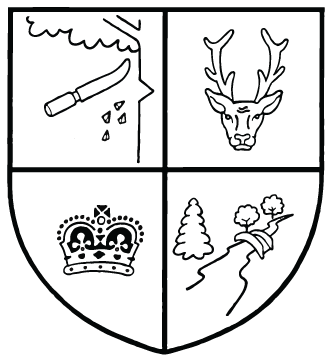Spring Term
WB 24.2.25
This week, in English, we have learnt all about subordinate conjunctions and clauses. A subordinating clause is a part of a sentence that adds additional information to the main clause. A subordinating conjunction is simply the word/words that is used to join a subordinating clause to another clause or sentence. For example: He was annoyed because the train had stopped.
In maths, we have been learning all about length and perimeter. We have been looking at measuring in kilometres and metres, equivalent lengths and finally, measuring and calculating the perimeter of rectangles. We looked at multiple ways of working out the perimeter of a rectangle.
Here are a couple of ways:
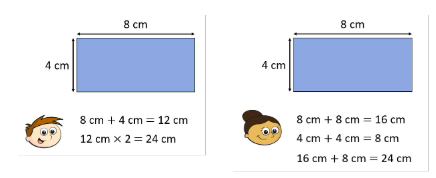
In Science, we have started looking at food chains. We have learnt about consumers, producers, predators and preys. Plants get their energy from the Sun. They are called producers because they make their own food. Animals are called consumers because they eat plants and other animals. They do not make their own food. Animals that eat other animals are called predators. The animals they eat are called prey.
Here is an example of a food chain:

WB 3.2.25
This week, in English, we have been writing up our information on Paris landmarks ready for our leaflets to next week.

This week, in maths, we have been practicing using the formal written method to divide a 2-digit number by a 1-digit number. Next week, we will be using the formal written method to divide a 3-digit number by a 1-digit number.
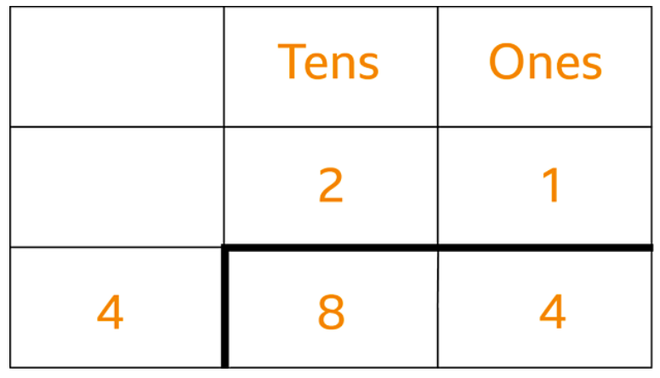
In Art, to continue our learning on European landmarks, we created amazing sculptures. Here are some lovely examples of our sculptures:
In science, we looked at the results of our 'egg experiment'. Last week, we put 5 eggs into different liquids to test the effects of different liquids on our teeth. We found that tea stained the eggs the most.
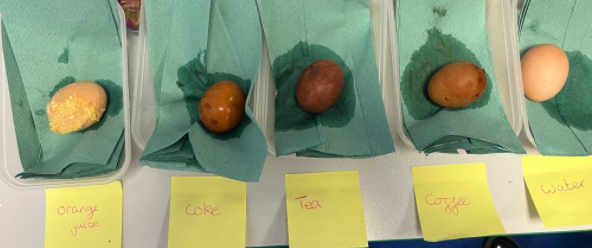
On Friday, we had a lovely time as it was Number Day! We went outside to see Mrs Holland's 'Do its', we then had a fun filled afternoon of board games and online maths games.
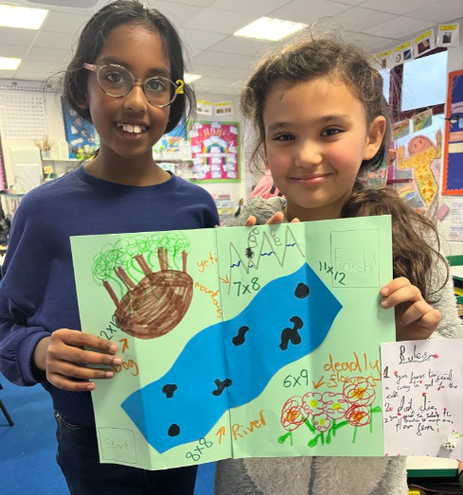
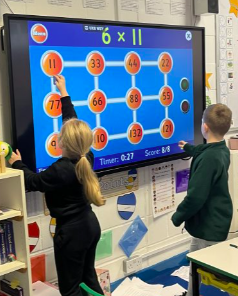
WB 27.1.25
In English, we have started to research Paris and persuasive leaflets as over the next 2 weeks we will be creating a persuasive leaflet all about Paris! To start our learning of Paris off, we read the story, A Walk in Paris by Salvatore Rubbino. Additionally, we learnt more about contractions.
We discovered that you can use apostrophes to show that you have omitted (left out) some letters when you are joining words together. For example, you + are = you're.
In maths, we used the formal written method to calculate a 3 digit number multiplied by a 1 digit number. Next week, we will be looking at division.
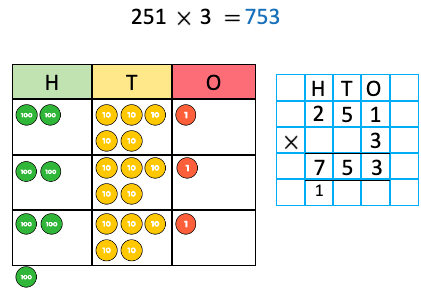
In Science, we started to look at teeth. Here is a diagram:
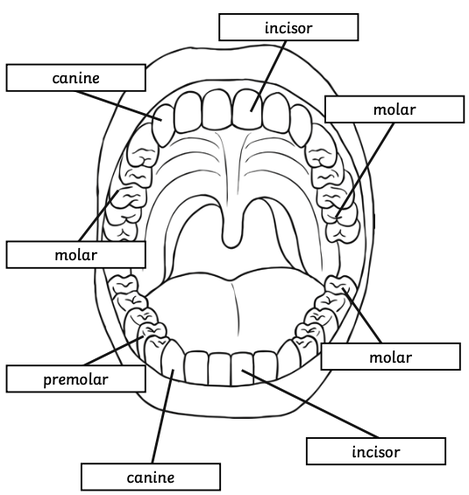
WB 20.1.25
This week, in English, we created some wonderful cinquain poems based on emotions. These poems consist of 5 lined stanzas that follow the pattern 2 syllables, 4 syllables, 6 syllables, 8 syllables and then ends with 2 syllables. Afterwards, we typed our stanzas and used colour, fonts, sizes and images to portray the emotion in our stanza.
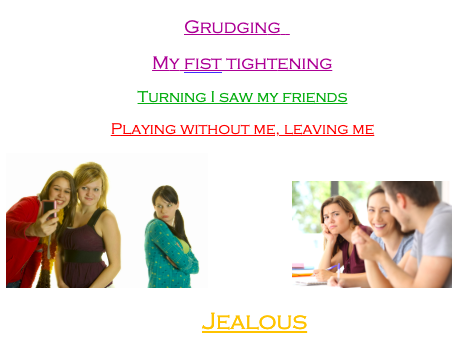
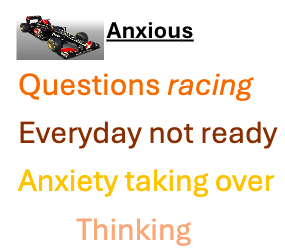
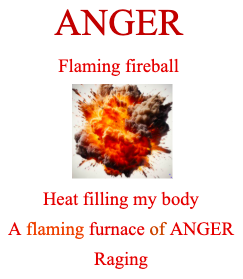
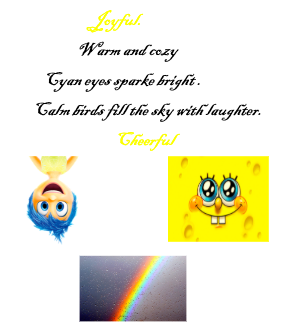
On Tuesday, we visited Epping Forest to create a poem for an event taking place at Lopping Hall on the 14th of February.
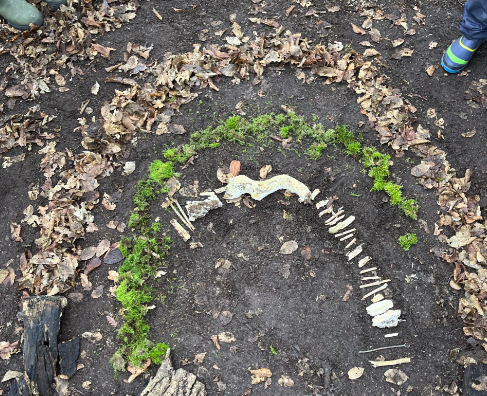
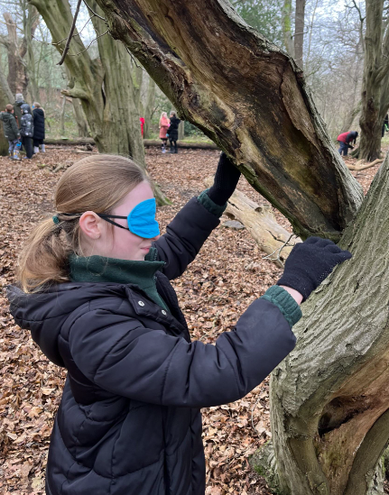
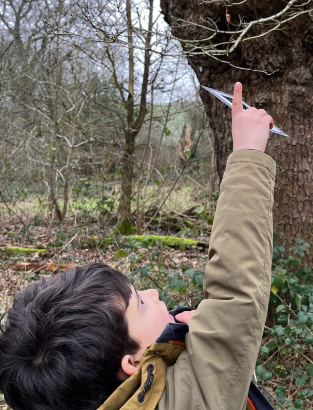
In Science, we learnt more about the digestive system. We used tights, a plastic bag and a range or food and drinks to show what happens when we eat food.
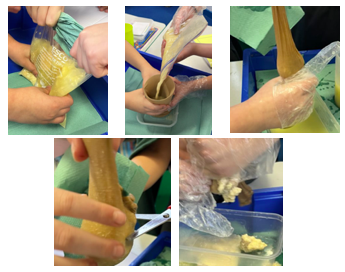
On Monday, we were lucky enough to be visited by Rock Kidz, where we learnt a brand new song all about self-empowerment called 'Nobody Like Me'.
Rock Kidz
WB 13.1.25
This week, in English, we have completed our buddy stories based on the story, The Tunnel by Anthony Browne. Next week, we will be writing a cinquain poem.
Within maths, we have been learning how to multiply a 2 digit number by a 1 digit number. We have been using the expanded written method and the formal written method. Next week, we will be progressing to multiplying a 3 digit number by a 1 digit number.
Expanded written method:
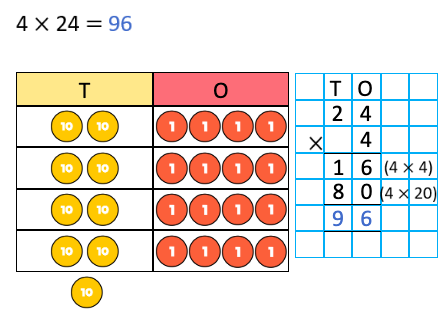
Formal written method:
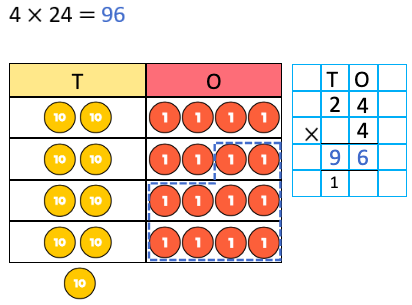
Next Tuesday, we will be going to a trip to Epping Forest to take inspiration to create a poem. This poem will then be presented by a few children at a Royal Event at Lopping Hall. This week, we used nature to create a backing for our poem.
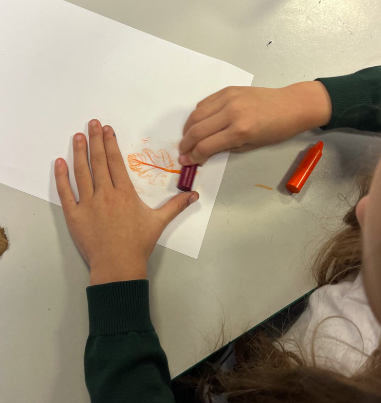
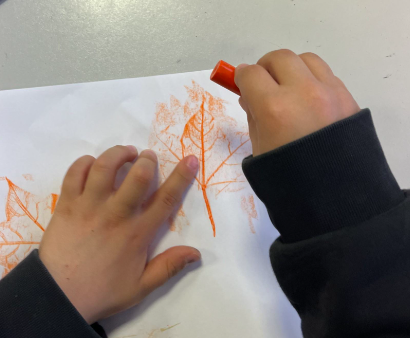
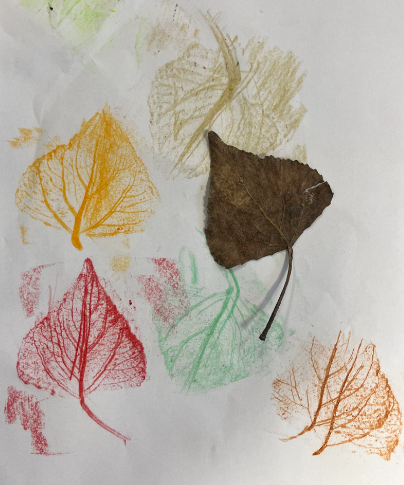
WB 6.1.25
In maths, we have been recapping multiplying by 10 and 100 using a place value grid. We have then progressed to dividing by 10 and 100 using a place value grid
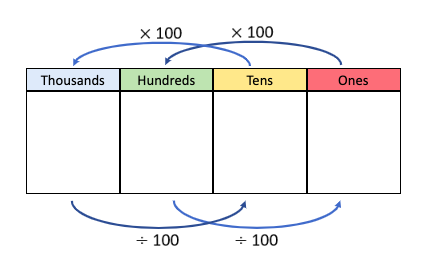
In English, we planned a Buddy Story, based on the book 'The Tunnel' by Anthony Browne.
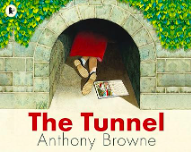
https://www.youtube.com/watch?v=tGTTqgMnqeY&t=64s
In art this week we used art to convey feelings, expression or movement. We did this by striking a pose to represent an emotion and tracing it. Afterwards, we used colours to express the emotions we had chosen.
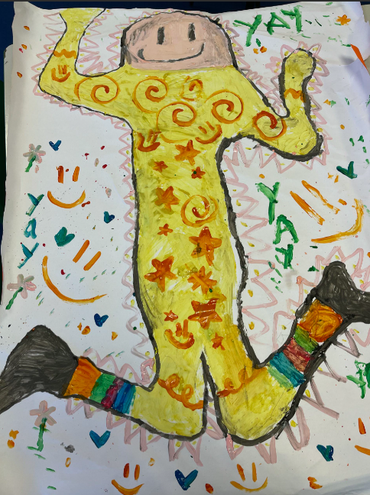
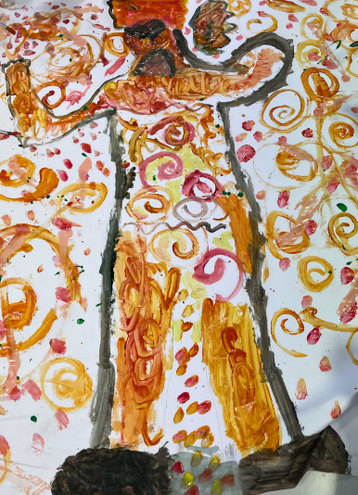
Joy / Happiness Anger
